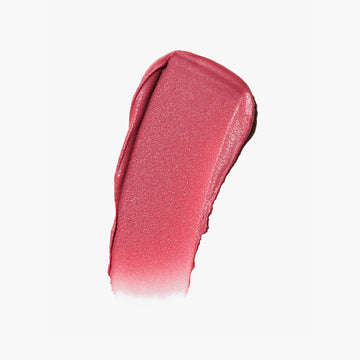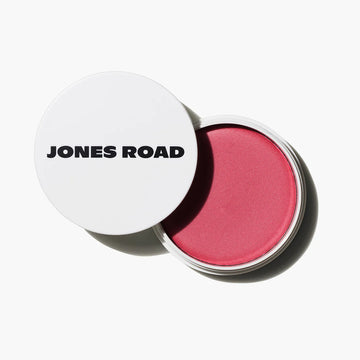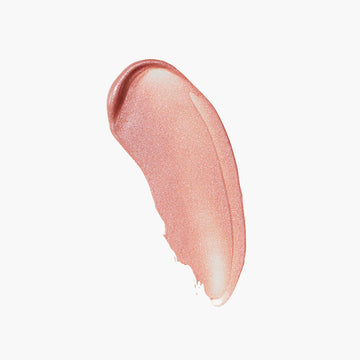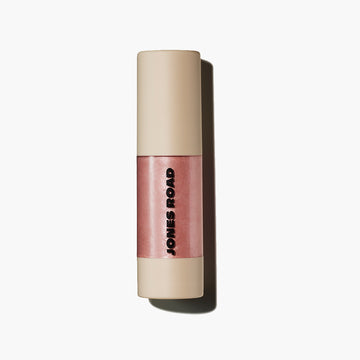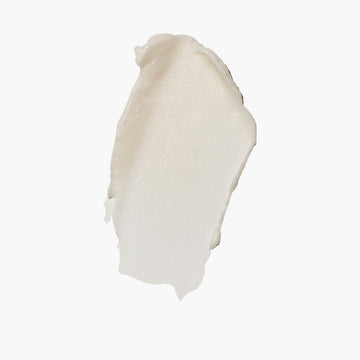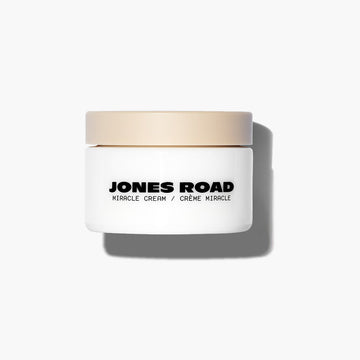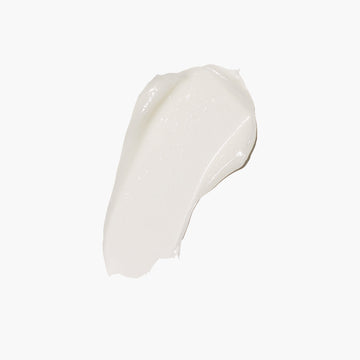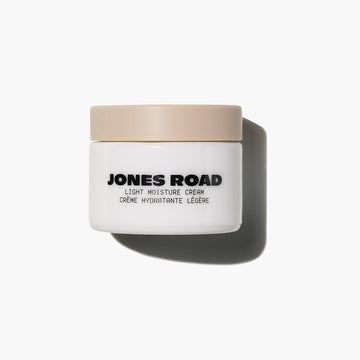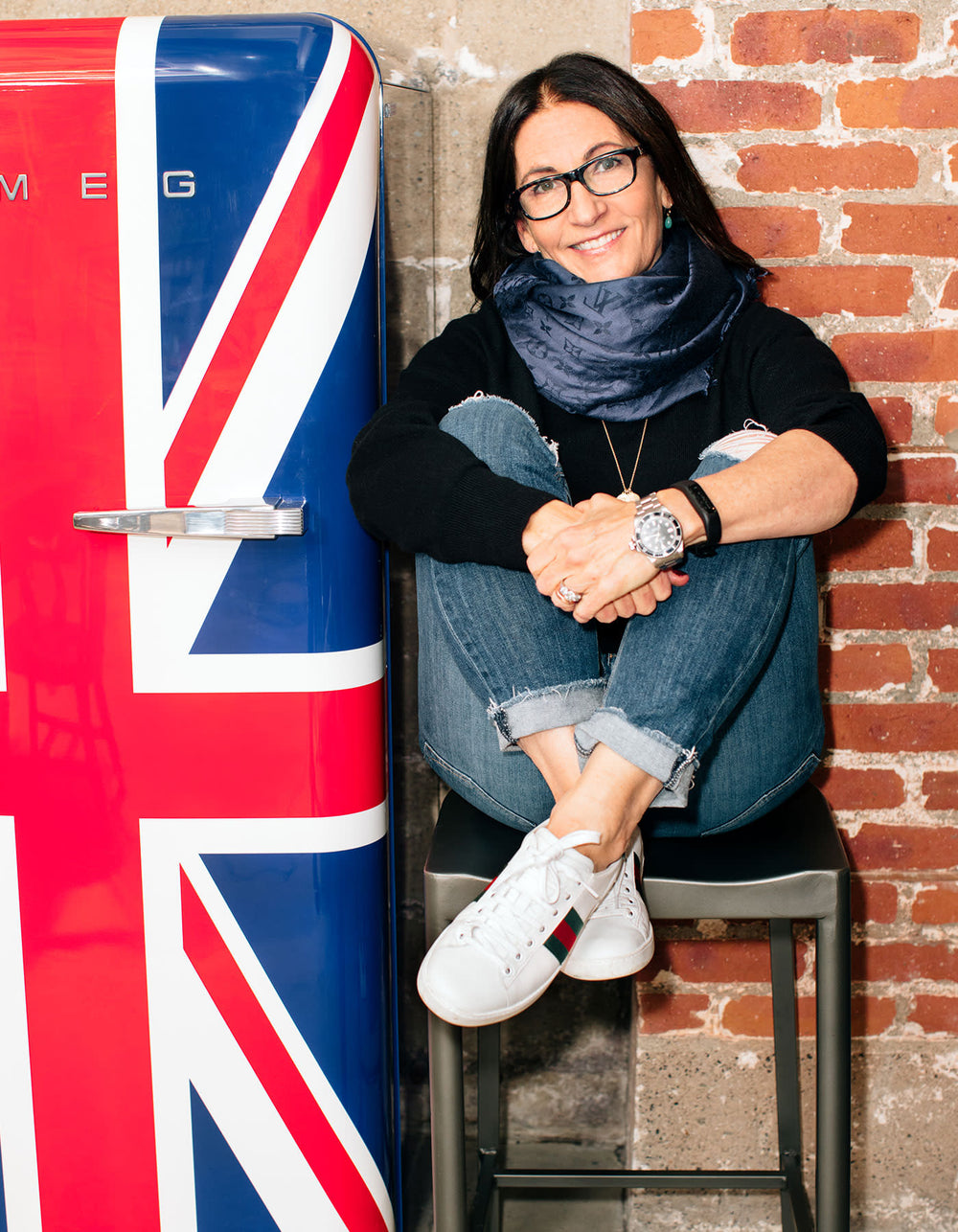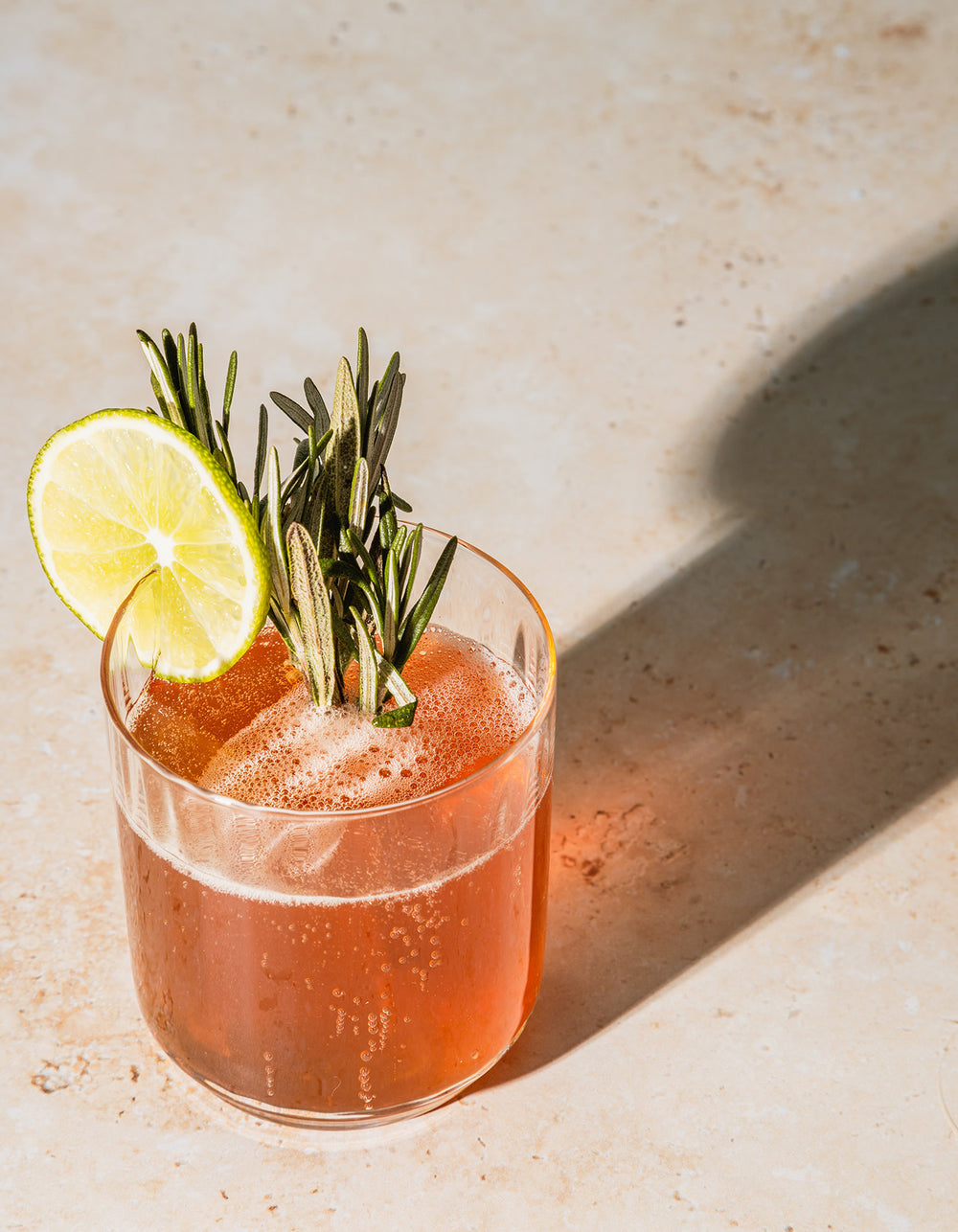Diary / Beauty / Jan 13, 2023
Here’s How To Prevent Skin Damage Caused by the Sun
Written by: Jones Road Beauty
Photography by: Ben Ritter & Jon Paterson

The sun has varying effects, both good and bad, based on multiple factors. Sure, sunlight can keep us warm and rev up our levels of immunity-protecting and mood-boosting vitamin D. But too much exposure—especially when compounded over time—will end up doing more harm than good.
Still, many of us want a sunkissed, just-back-from-the-sun glow without incurring sun damage. No matter your skin tone, how much time you spend outdoors, and how hot and sunny it is on a given day, knowing how to keep your skin safe from ultraviolet (UV) rays is essential.
Below, we’ll cover the ins and outs of protecting your skin and greater health from the sun year-round. Plus: Jones Road-approved ways to mimic the sunkissed look you crave using innovative and clean products—sans skin damage.
How Do I Know If I'll Get Sun Damage?
It’s easy to remember to protect your skin in the summer months, but sun damage can happen year-round. Here are a few tips to help you understand just how quickly and easily the sun will impact your skin, no matter the time of year.
Consult The Fitzpatrick scale
Also known as the Fitzpatrick skin typing test, the Fitzpatrick scale is used to determine your skin tone and how likely you are to burn in the sun. Knowing where your skin tone falls on this scale gives you a better sense of how much sunlight your skin can handle before damage begins to occur without proper protection.
Here’s a quick cheat sheet to find your Fitzpatrick skin type, including when burning or skin damage is likely to start when exposed to UV rays:
-Type I: very light to pale skin, typically with freckles; red or strawberry blonde hair; always burns, never tans; typically burns within 10 minutes
-Type II: light skin, sometimes with freckles; blonde or brown hair; usually burns, rarely or sometimes tans; typically burns within 20 minutes
-Type III: light to light brown skin; dark blonde or brown hair; sometimes mildly burns, tans evenly; typically burns within 30 minutes
-Type IV: light brown to olive skin; dark brown hair; easily tans; typically burns within 50 minutes, but results in a deep tan
-Type V: dark brown skin; dark brown or black hair; easily tans; typically burns after 60+ minutes, but skin tone doesn’t deepen
-Type VI: dark brown to black skin; black hair; typically burns after 60+ minutes due to more melanin, but skin color doesn’t deepen
Again, your Fitzpatrick skin type can help determine how much UV exposure your skin can handle before damage occurs. It can also inform the minimum SPF level you’ll need to mitigate your risk for skin damage, but always remember that protection is essential no matter how light or dark your skin tone may be.
Check the UV index
The UV index is used to measure the intensity of the sun’s rays, which varies by location, time of day, and season. UV index ranges include:
-Low: 0 to 2
-Moderate: 3 to 5
-High: 6 to 7
-Very high: 8 to 10
-Extremely high: 11
The UV index tends to be strongest from 11 a.m. to 2 p.m., so excess exposure during this time frame heightens your risk for skin damage.
If you know you’ll be spending time outdoors, it’s worth checking the UV index to know how strong the sun’s rays will be. You can easily find the UV index on your smartphone’s weather app or via a quick Google search.
What Kinds Of Skin Damage Can The Sun Cause?
It’s easy to spot more overt signs of sun damage, like sunburns or dark spots (pigmentation), but other signs may not be as obvious. Some less noticeable signs of skin damage caused by the sun include:
Photodamage: Excess sun exposure without proper skin protection increases the likelihood of developing photodamage in the form of fine lines, wrinkles, uneven skin texture, and age spots. While a certain level of photodamage is normal and expected as we age, consistently protecting your skin from the sun can help stave off premature signs of aging.
Free radicals: Ultraviolet radiation causes oxidative stress on our cells, increasing free radicals in the body. These unstable molecules break down the collagen in our skin, aging its look and feel. Oxidative stress can also lead to greater health issues beyond surface-level skin aging.
Skin Cancer: In the worst-case scenario, UV damage can lead to different forms of skin cancer, emphasizing just how important it is to prioritize protection from the sun sooner than later.
How To Prevent Skin Damage
Your best bet to protect yourself from skin damage caused by the sun is to be proactive. Taking preventative measures early on is much easier and safer than scrambling to do damage control after the fact.
Also, maintaining sun-protective habits—and staying consistent with them—can help prevent damage and premature skin aging for years to come. If you’re not following these sun-safe tips already, we urge you to start.

Apply sunscreen daily
Broad-spectrum sunscreen is the gold standard for sun protection — full stop. It’s vitally important to wear topical sunscreen every day, even if you don’t plan on being out in the sun for long. Any and all UV exposure accumulates over your lifetime: even in winter and when you’re indoors, as UV rays can penetrate windows.
When choosing a sunscreen, opting for a broad-spectrum formula (which protects against UVA and UVB rays) is important. UVA rays are a leading contributor to countless skin issues we experience later in life, such as wrinkles, spots, and the loss of skin elasticity. UVB rays cause sunburns and precancerous or cancerous cells to form after too much exposure.
In addition, shop for a sunscreen with a minimum of SPF 30—no matter your skin tone—to ensure a baseline level of adequate protection.
During your morning skincare routine, use sunscreen directly after your moisturizer. (We love the Light Moisture Cream: a fast-absorbing gel formula that works for oily to dry skin types. If your skin is super dry, you’ll want to order the richer Miracle Cream. Use it as your go-to twice-daily moisturizer or overnight mask.)
Be sure to apply sunscreen to other exposed areas of the skin, too. Think: your ears, neck, hands, etc. Reapply it every two hours if you’ll be in the sun for longer.
FYI: Chemical sunscreens can take up to 20 minutes to start working, so plan accordingly. Mineral sunscreens (i.e., those with zinc oxide or titanium dioxide) physically block the sun’s rays and start working upon contact.
Wear protective clothing
Though sunscreen is non-negotiable to protect your skin from damage day in and day out, it's also important to be diligent in covering up. Hats, sunglasses, long-sleeve shirts, and long pants offer extra protection from UV rays.
Tip: The Skin Cancer Foundation recommends holding your clothing up to the sun. (If your space doesn’t get direct exposure, holding the fabric up to a light will suffice). If you can see through it, UV rays can penetrate the fabric and thus hit your skin.

The best Jones Road products for a sunkissed glow
While the sunkissed look offers a pop of healthy color and radiance to your complexion, it’s not worth risking skin damage through excess sun exposure to achieve these goals. Fortunately, Jones Road has a few powerhouse products that provide the just-back-from-the-beach glow while nurturing—not damaging—your skin.
Miracle Balm
Use Miracle Balm for a healthy, lit-from-within glow. Available in eight shades that complement a range of different skin tones, the toughest choice will be which one to keep in your makeup bag.
Check out these Bobbi-approved Miracle Balm shades for a sunkissed look:
-Sunkissed: The shade name speaks for itself — deep brown with traces of gold shimmer, Sunkissed works best on medium to deep skin tones.
-Bronze: Suitable for light to deep skin tones, Bronze is your best bet for a golden glow. Bonus: This shade also helps to counteract any redness, whether or not it’s caused by sun exposure.
-Tawny: If you’re a Fitzpatrick type V or VI, Tawny sweeps in to highlight your complexion and enhance its radiance. Those with medium skin tones will also appreciate that this Miracle Balm shade can help bring lackluster skin back to life.
Tip: If you’re heading out and about in the warmer months, apply Miracle Balm to your arms and legs to extend your glow even further—minus the dangers of laying in the sun.

Shimmer Face Oil
Available in four shades, the Jones Road Shimmer Face Oil adds instant luminosity to your skin—hence why we refer to it as a glow in a bottle. It’s the perfect product to use when your complexion needs a lightweight dose of moisture and that extra “wow” factor.
If you want to look like you’ve spent all day laying on the sand, we suggest opting for golden Midas or Bronze for deeper color. Simply apply it with your fingertips wherever you want to wake up your skin, whether above or below the neck.
The bottom line
No matter their skin tone, everyone is susceptible to UV damage. Proactivity and consistency are key to combat the harmful effects of sun exposure effectively.
While you can’t turn back time and correct bad habits or behaviors from your past (e.g., skipping SPF, sitting in tanning beds, etc.), you can make better decisions about your skin now so you can prevent more skin damage in the years to come. It’s never too late to integrate sun-safe tips into your daily routine.
Don’t forget to apply sunscreen daily, wear protective clothing outdoors, and avoid direct exposure to the sun whenever possible—especially when the sun's rays are stronger. These are the best lines of defense against harmful UV rays. Trust us: You’ll be grateful when you see how being proactive will protect your skin in the long run.
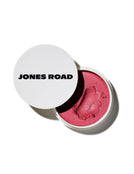 Miracle Balm
Miracle Balm
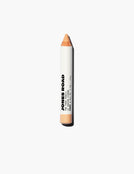 The Face Pencil
The Face Pencil
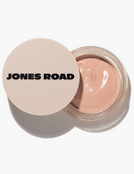 What The Foundation
What The Foundation
